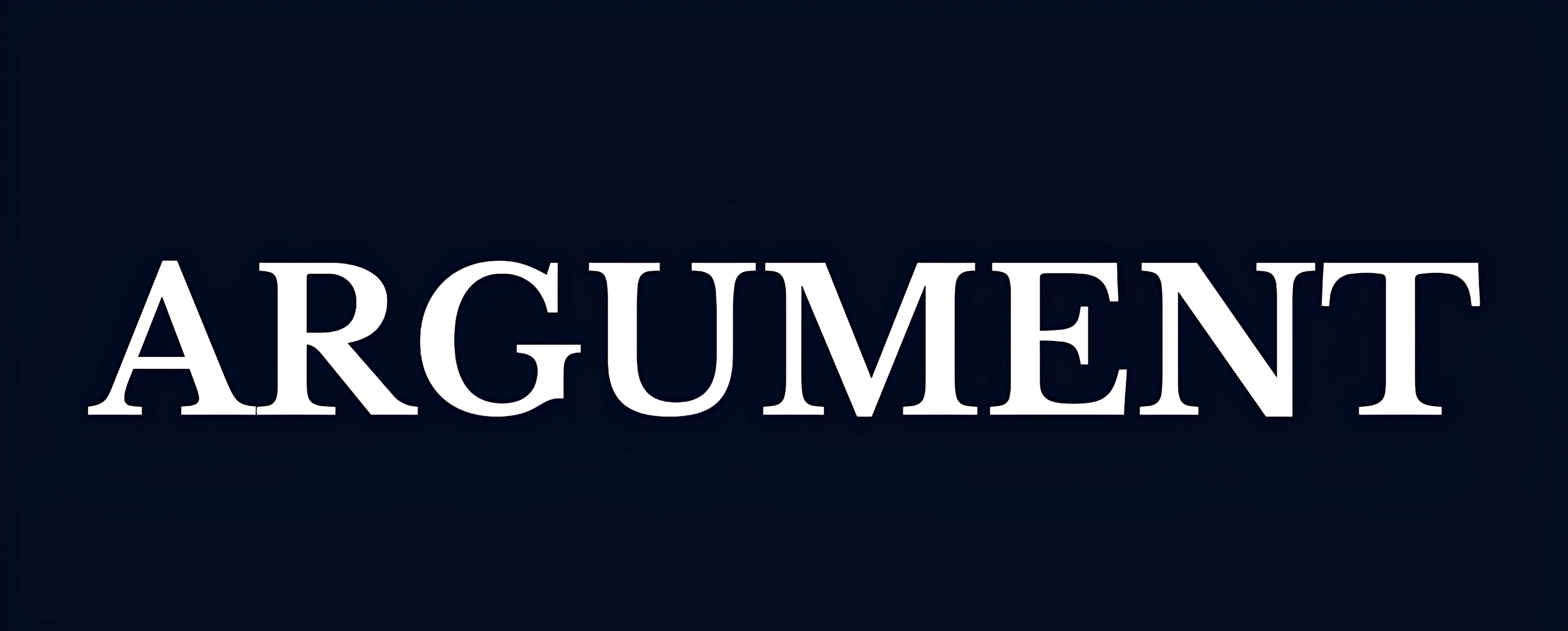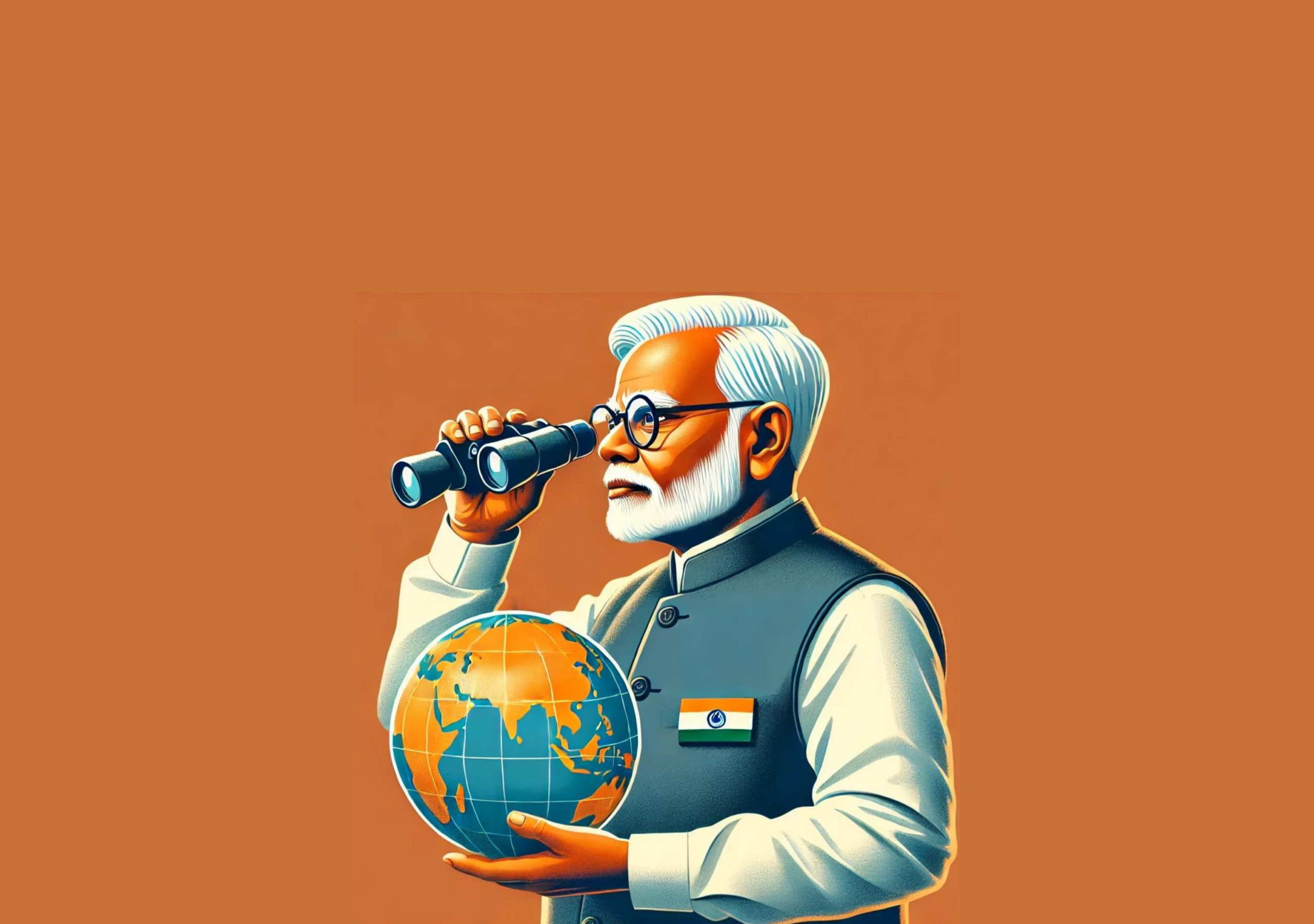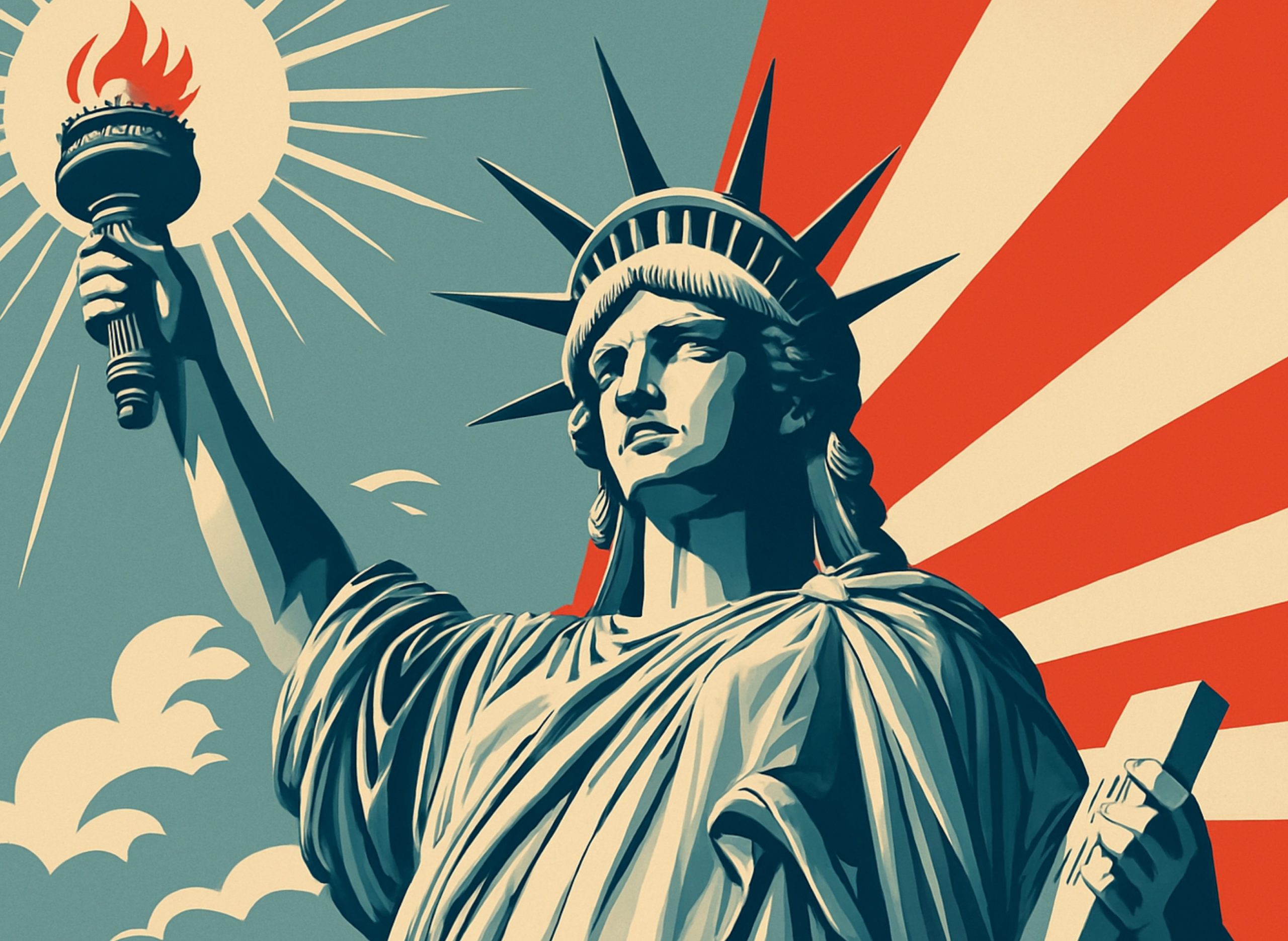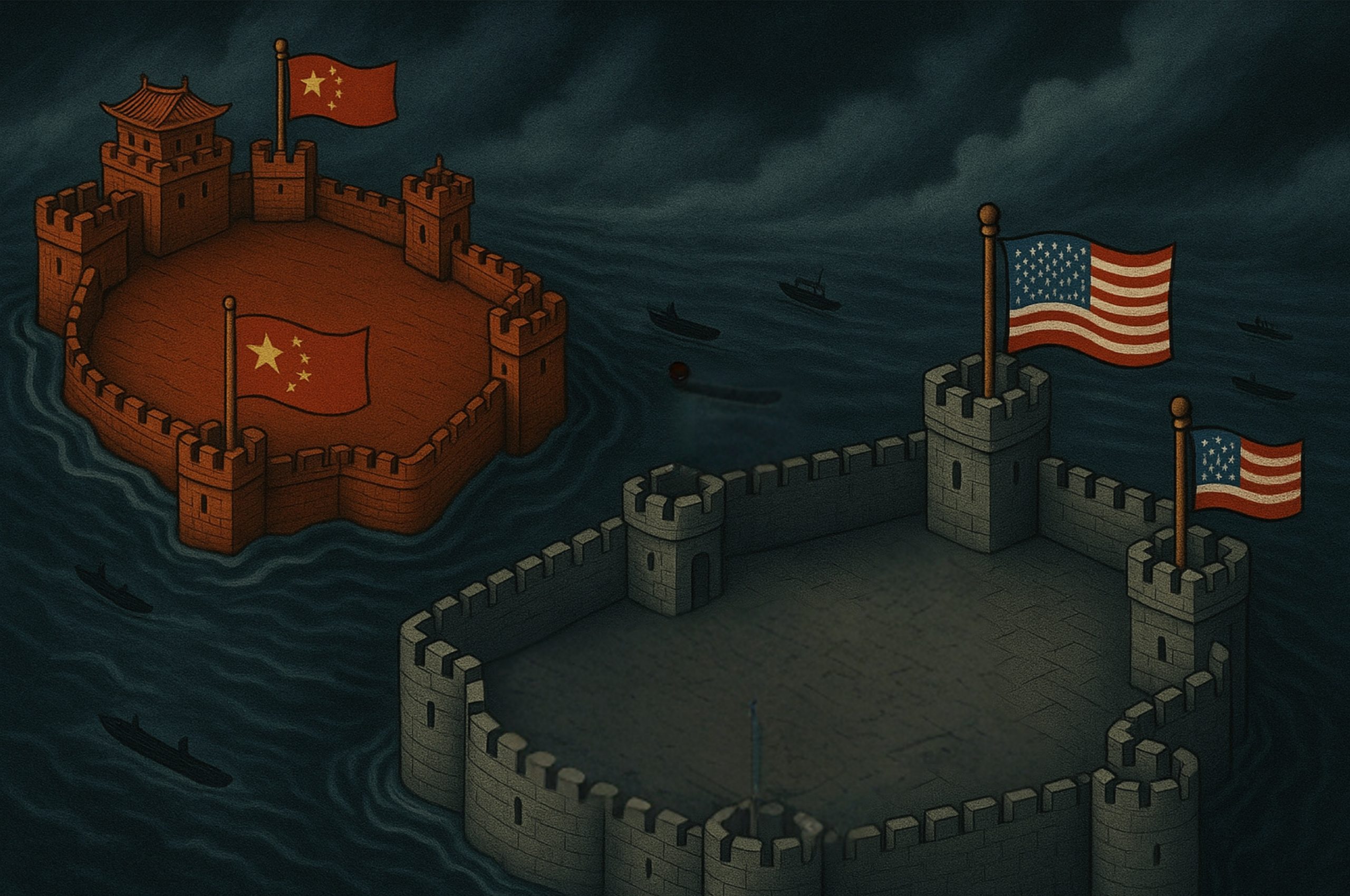
Is Modi the Boss of the Global South?
India leads as the Global South rises, redefining global power dynamics.
By | Katyayni Champawat,
AUGUST 20, 2024 | 02:39 PM

It was last year, around the same time, that an article published by Carnegie boldly announced: “The ‘Global South’ is making a linguistic comeback.” Only a few months earlier, India’s Prime Minister, Narendra Modi, had declared India’s commitment to “lending” a voice to the Global South at the G20 summit. A month before that, Marape, the Prime Minister of Papua New Guinea, had already hailed Modi as the leader of the Global South, providing a “third voice in the face of the Global North.” To Modi’s credit, he has taken on the responsibility quite successfully, from launching the Global Centre for Excellence for Global South Countries (DAKSHIN) in November 2023 to centralizing the “voice” of the Global South in the G20 and, more recently, in the G7 summit.
Clearly, this is not just a linguistic comeback. The surge in the use of ‘Global South’ has evident political relevance on a global level. It is predicted that by 2030, 3 out of the 4 largest economies will be from the Global South, with India and China leading and Indonesia following close behind the US. In such a drastically evolving world where the Global South is set to hold great power, it is only fitting that we examine its leadership and ponder its future direction.
The term ‘Global South’ was coined in 1969 by American writer Carl Oglesby and was popularized by the Brandt Report in 1980. The report distinguished between countries with higher GDP per capita and poorer ones—most of which lay in the Southern Hemisphere. Thus, in the most general sense, the Global South represents a bloc of poorer countries, often synonymous with ‘developing,’ ‘underdeveloped,’ or ‘Third World’ countries. However, this is an oversimplification of the geopolitical relevance of the term. In fact, during the Cold War itself, the ‘Third World’ had already begun to assert its political stance. During the Bandung Conference in 1955, 29 states, representing half of the world’s population, convened, and the Non-Aligned Movement (NAM) emerged, later solidified in Belgrade six years later. These participant countries were united by their collective experience of exploitation through colonialism and imperialism, as well as their opposition to the imperial hierarchies embedded in the world system, even in the postcolonial era.
Their stance was clear: abstain from picking sides in the great power rivalries, lest they fall into old patterns of subordination. Yet, as the ‘Second World’ collapsed at the end of the Cold War, the term ‘Third World’ became redundant. Nevertheless, the NAM continued to grow under various, often interchangeable, banners, including that of the Group of 77 (G77) and the Global South. Now encompassing over 130 countries and representing two-thirds of the world’s population, the movement’s ambitions have also grown. Today, the term represents a vast bloc of countries focused on creating a more equitable and just global economic structure and promoting a more multipolar world.
Critics have often pointed out the factual inaccuracies in the geographical categorization of the group, along with the vast diversity in the political, economic, and cultural identities of its member countries. Indeed, some of the most prominent members, such as India and China, lie entirely in the Northern Hemisphere, while New Zealand and Australia, part of the ‘Global North,’ are located in the Southern Hemisphere. You might also side with the critics when you compare members like India, an emerging power, to small island nations such as Fiji. Additionally, rivalries and tensions exist within the group, including the geopolitical contests between India and China. Nevertheless, what the critics fail to recognize is that this very diversity is what keeps the term politically relevant. When one refers to the ‘Global South,’ they are essentially uniting a vastly diverse group of countries around a common objective: empowering historically subordinate nations to challenge the unequal global order.
This is precisely what Modi seeks to achieve by positioning himself as the leader of the Global South. Since first assuming office in 2014, Modi has enjoyed high approval ratings and has now been reelected for a third term. He rose to power by mobilizing the Hindu vote (the religion of the majority population in India), promising centralized governance focused on development at a time when there was virtually no opposition. During his tenure, he has successfully established himself as a strong and decisive leader, known for his vision, political innovation, and exceptional communication skills.
Leveraging social media and other forms of mass media, Modi has cultivated the image of a hardworking, people-oriented leader. Catchy slogans like “Sabka Saath, Sabka Vikas” (Collective Effort, Inclusive Growth) and innovative policies such as “Make in India,” “Digital India,” and “Start-up India” have only enhanced his charisma. His growing international prominence is evident in the number of awards he has received since taking office. His most recent awards from Greece in 2023 and Bhutan in 2024 were the highest civilian honors of those respective countries, and they were conferred on a foreign leader for the first time.
Modi carries this assertive and muscular approach into his foreign policy as well. Recent global and national trends favor India’s growth, and everything seems to be falling into place for Modi. India’s internal market and growing population present an attractive investment opportunity for the West. The West’s growing rivalry with China, combined with its preoccupation with the Russia-Ukraine war and the situation in Gaza, has increased India’s value as a security partner and counterweight to Chinese influence. Simultaneously, countries in the Global South are becoming increasingly distrustful of China as debt from the Belt and Road Initiative rises. The stage is set for India to take the lead, and Modi is not one to miss such a strategic advantage. He has successfully leveraged India’s position to build closer ties with the US, France, and Japan.
At the same time, Modi has deepened trade relations with Russia, increased investment in Africa, and focused on strengthening ties within Asia through his “Act East” and “Neighbourhood First” policies. As India’s External Affairs Minister, S. Jaishankar, emphasized, India under Modi is forging relations with “multiple and competing partners.” India’s membership in major multilateral organizations such as the Shanghai Cooperation Organisation, BRICS+, QUAD, G20, G77, and others is further testament to this fact. This has given India a unique opportunity to act as a peacemaker on the global stage. Modi’s recent visit to Russia in July and his upcoming visit to Ukraine on the 23rd of August signal his willingness to embrace this role.
At first glance, the strategy may appear contradictory. One might expect India’s close cooperation with the West and its value as a counterweight to China to conflict with its commitment to the Global South. Instead, India has turned this into an advantage. It leverages its democratic framework to build closer ties with the West while providing positive examples to fellow Global South countries. Unlike China, India offers a stance that is non-Western but not anti-Western, focusing on increased cooperation between the South and the North, which is ideologically more appealing to Global South nations. Modi has also prioritized enhancing India’s influence in terms of hard power.
Between 2012 and 2022, the number of Indian embassies in Africa increased from 25 to 43. India has also become the 4th largest trade partner and the 5th largest source of foreign direct investment for Africa. It is also working to replicate its ‘democratization of technology’ model internationally, offering its stack of digital platforms under the banner of “One Future, One Alliance.” The announcement to open the first overseas branch of the Indian Institute of Technology (IIT) in Zanzibar further illustrates India’s growing influence and presence in the Global South.
It is clear that Modi aims for India to be the leading voice of the Global South or the force propelling the Global South’s ambitions. However, this position is not without contenders. Lula da Silva, the current president of Brazil, has also expressed interest, citing Brazil’s status as a BRICS member and a regional power. Gulf states, such as the UAE, are gaining influence through investments in renewable energy projects and mines. Meanwhile, South Africa is positioning itself as a moral leader by bringing Israel to the International Court of Justice. Similarly, Türkiye’s Erdoğan is emerging as a contender, with a growing reputation as an effective mediator and bridge between the West and the East. Still, in terms of overall global influence, China poses the most serious challenge to India’s ambitions.
Xi Jinping’s Belt and Road Initiative, Global Development Initiative, Global China Initiative, and Global Security Initiative have helped position China as a strong and viable alternative to the West, particularly the US. Economically, there is no denying China’s influence. However, the many debt and territorial issues are making it an increasingly untrustworthy partner. Ideologically, China also presents a paradox—an increasingly illiberal state locked in a fight with the liberal West while simultaneously positioning itself as a champion of the liberal institutional order. In this regard, India’s image as the largest democracy gives it an edge over China.
Still, the biggest challenge to India’s rise may actually come from Modi himself. While the impact of Modi’s policies was mixed during his first term, he managed to garner even greater electoral support, winning a second term with a clear majority (a rare occurrence in Indian democracy). However, this support now appears to be dwindling. After the latest elections, it seems that Modi may have stretched himself too thin. His promises of economic development have largely been limited to impressive feats in infrastructure and digital development, while unemployment rates and income inequality have reached all-time highs. More importantly, this time, he failed to fully polarize Hindu voters, who remained divided along caste lines, with the lower castes showing clear dissatisfaction with his policy decisions.
Given that Modi’s electoral support is largely a result of his Hindutva ideology, which seeks to build a majoritarian state based on Hindu principles, caste divisions will be a significant challenge to his position. While his centralized and personalized governing style has undoubtedly contributed to India’s economic rise, it has also stifled many vital institutions, including the judiciary and media. The narrative of democratic backsliding is gaining global prominence, and recent diplomatic disputes with the Maldives and Canada have demonstrated how these domestic issues can easily spill over into international politics. So far, the West has been relatively tolerant of Modi’s authoritarian tendencies due to his role as a counterbalance to Xi Jinping’s influence. However, the increasingly repressive climate in India is diminishing its appeal as a partner in areas like science and cultural exchange. More critically, the erosion of democratic values undermines India’s greatest advantage—its democratic framework—as an alternative to China, thereby weakening its bid to be recognized as the leader of the Global South.
Overall, the future of Indian foreign policy appears fraught with contradictions. Modi’s ambition to position India as the leader of the Global South hinges on its status as a democratic institution with a vested interest in promoting and transforming the liberal order through collective action. Yet, his domestic policies present the greatest threat to this ambition. The next five years of Modi’s third term will be crucial in determining India’s role on the global stage. For now, it seems that India will remain committed to its goals. Meanwhile, China continues its efforts to maintain and expand its influence, with Xi Jinping’s refusal to attend the G20 summit in New Delhi signaling that reconciliation is not in the cards. Ironically, despite this fierce competition, the Global South might not even desire a single leader.
On one hand, China and India are locked in conflicts on multiple fronts. On the other hand, Brazil and South Africa are at odds over agricultural issues at the WTO. Similarly, creditors like China will always have different agendas than debtors when it comes to reforming major financial institutions such as the World Bank and the IMF. These internal contests within the Global South suggest that, at best, there may be combined leadership, and at worst, no leadership at all—rather than a single dominant leader of the Global South.



